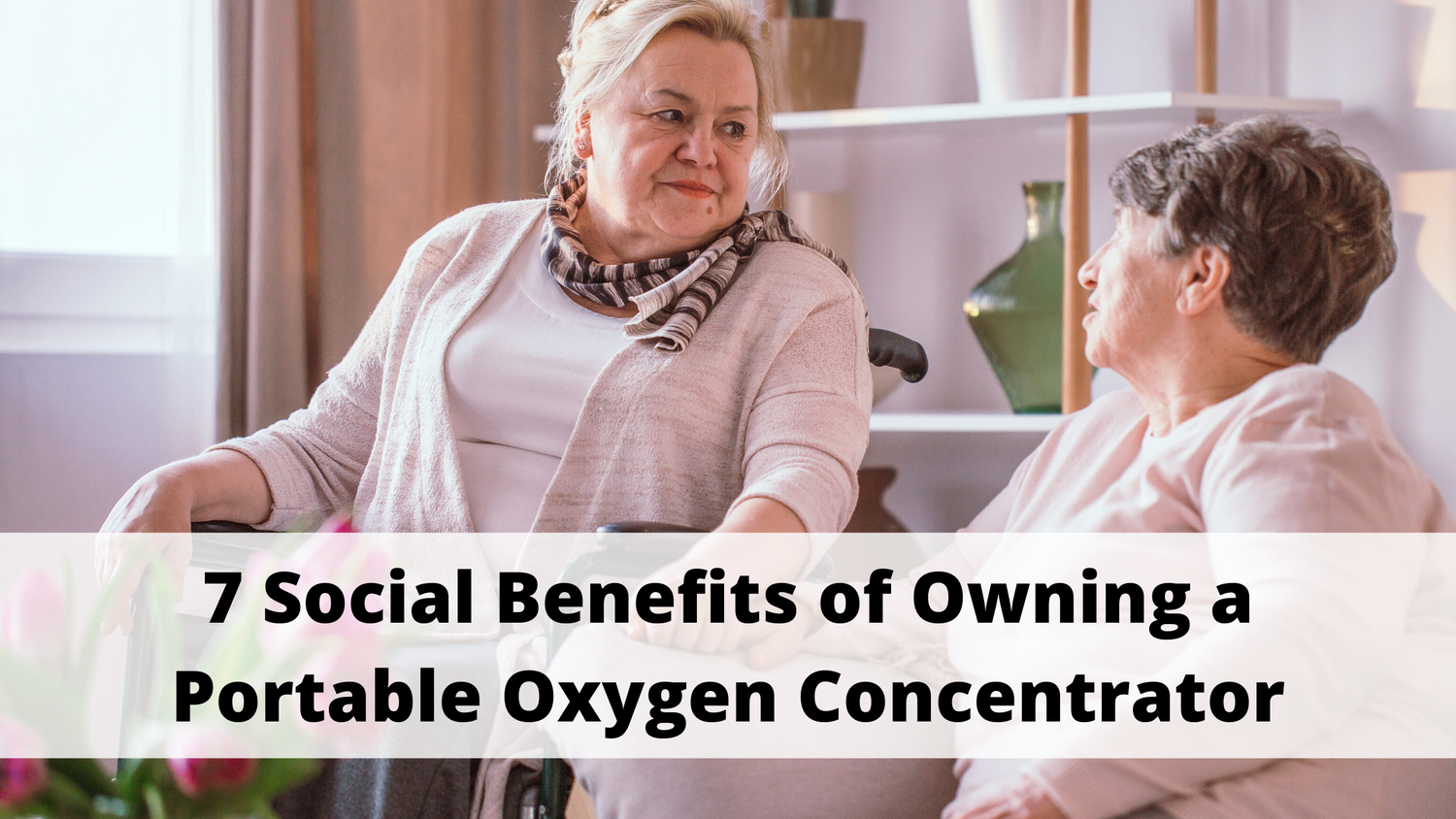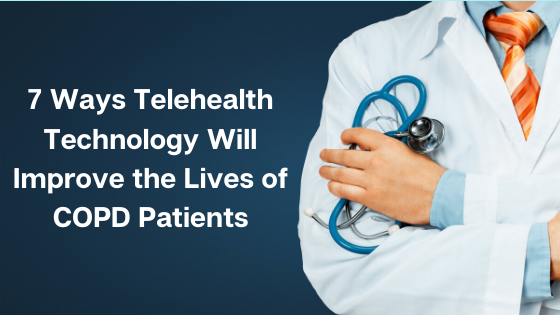Respiratory Resource Center - LPT Medical
7 Social Benefits of Owning a Portable Oxygen Concentrator
Being diagnosed with a respiratory illness such as chronic...
Read More7 Ways Telehealth Technology Will Improve the Lives of COPD Patients
Telehealth is defined as “the use of telecommunications to...
Read More


